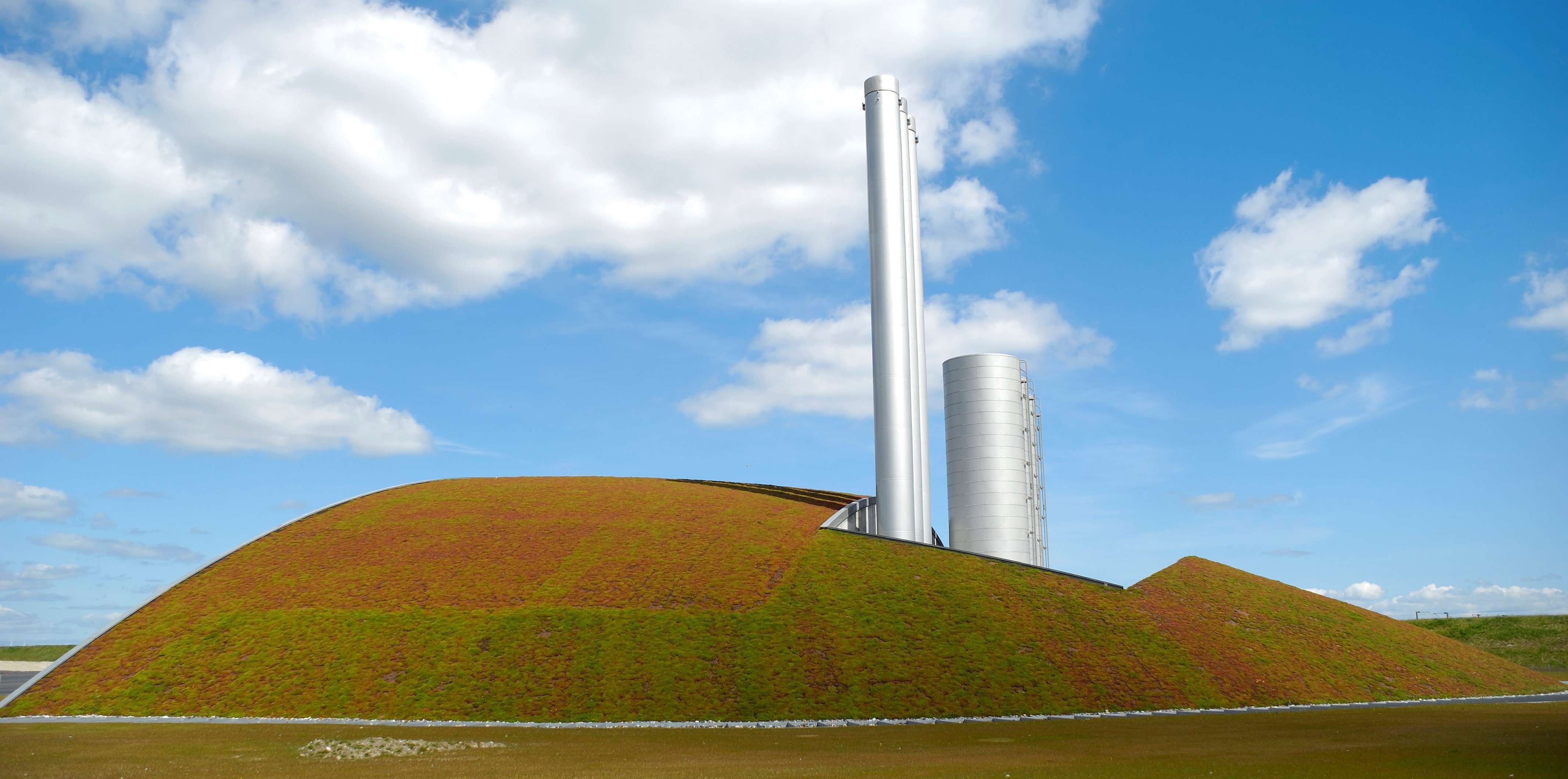
Waste not, want not; a phrase coined to denote resourcefulness, the idea of utilising what we have to reduce waste. No one likes to be wasteful if they can help it, whether it’s food, time, money, energy… The list is endless. Being sustainable is all about using what we have. But what happens when we do need to dispose of our unwanted goods? Our recyclables and our waste? How can this process be optimised in order for it to be as sustainable as possible?
There are 4 Pillars of Sustainability:
- Human
- Social
- Economic
- Environment
If you would like to read more about the '4 Pillars of Sustainability', you can do so in our earlier blog, 'How Calibration Improves Plant Sustainability', however in this article, we will be focusing on the 'Environment' pillar. As the name suggests, this is about how we can collectively work towards being more sustainable, environmentally friendly and using the resources that we have to find ‘a better way’.
Environmental Sustainability and Energy from Waste?
So how can environmental sustainability be applied to waste disposal?
Energy from Waste (EFW) is the process of burning any combustible municipal waste which then generates energy in the form of heat and electricity. A byproduct of this process, ash, is recycled as an aggregate to the construction industries (it is typically used in the production of tarmac).
At a first glance, burning waste appears to be an unethical and unsustainable process, but in reality, there are a number of stringent rules that Energy Recovery Facilities (ERF) have to adhere to before any gasses or water vapour are released into the environment. The European Industrial Emissions Directive, or your country equivalent, enforce strict rules to ensure the EFW process is conducted under controlled conditions with cleaned emissions.
Below is a diagram of how an ERF operates:
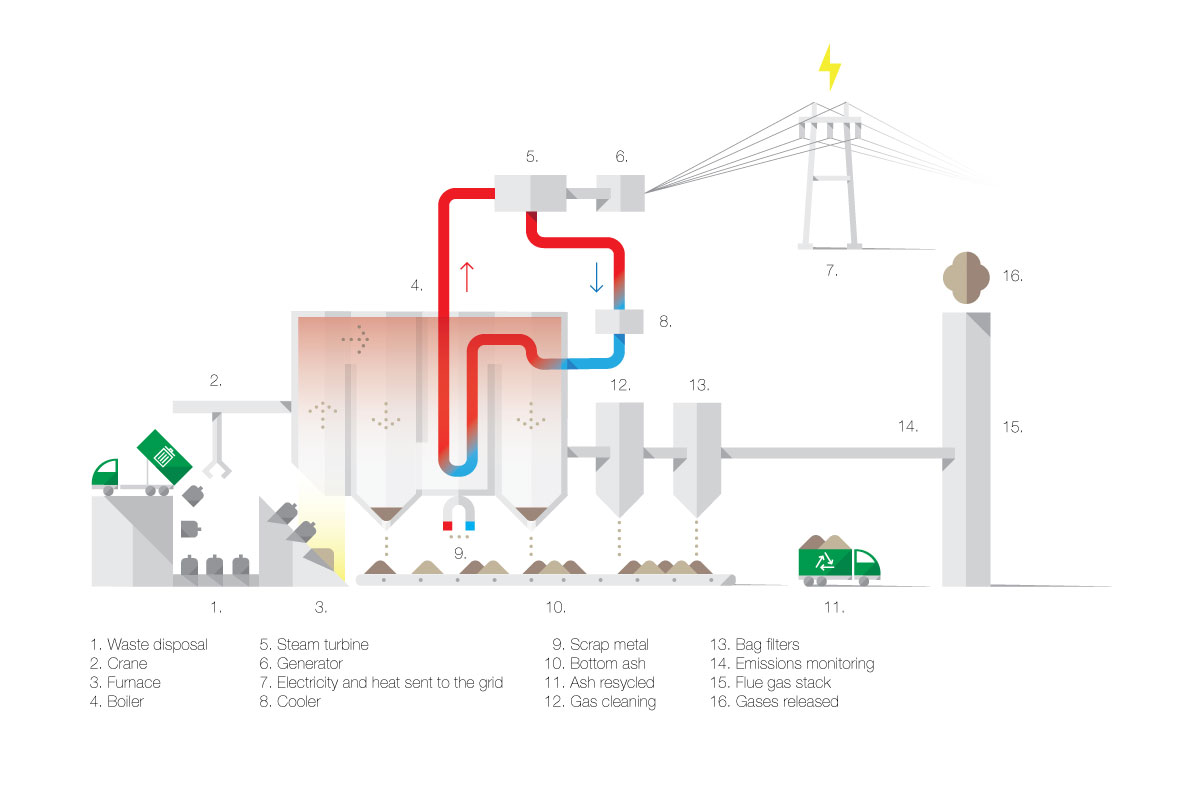
The residual waste is offloaded and burnt in a furnace at a high temperature of +850 °C (1560 °F), the optimum temperature where materials will combust and the formation of pollutants, such as dioxins, are minimised. The heat creates steam which is used to drive a turbine linked to a generator that produces electricity; this is then exported to the local electricity grid where the heat and electricity generated is used for domestic and industrial purposes. The byproducts at the end, such as the ferrous and non-ferrous metals and the bottom ash are recycled.
The flue gases are cleaned during the process using a Scrubber and chemical cleaners which convert the noxious gases into clean emissions. Continuous Emission Monitoring Systems, or CEMS, are sensors which operate within the stack to ensure that the final emission of Sulphur Dioxide, CO2, Carbon Monoxides and other pollutants released into the environment are minimised.
Calibration and Efficiency in ERFs
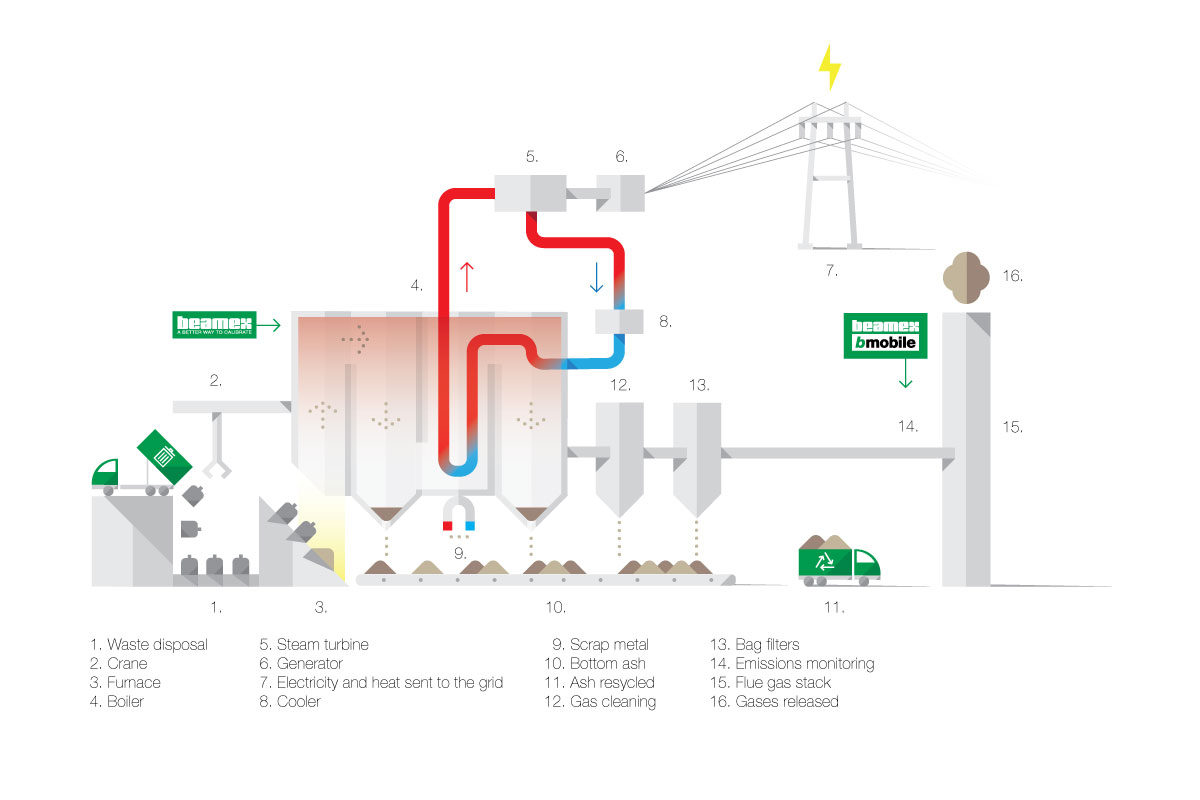
The incinerator needs to operate at a high temperature accurately in order for the combustion process to be efficient, maximising energy production and minimising waste products. Functional safety systems also rely on accurate information; any inaccuracy of the instruments that control or monitor the plant can cause higher emission levels that enter the atmosphere or can compromise the operation of the functional safety system. Typical instruments used would be Thermocouples or RTD type temperature probes, pressure transmitters and flow transmitters which are used to measure and control the incinerator.
The stack contains sensors which measure the PH level in the gases; these require regular calibration in order to ensure that any gas byproduct is clean and to mitigate the possibility of unburnt gases being released into the environment. Increased emission levels can result in penalty charges, loss of R1 certification, loss of environmental permits and even plant closure. With frequent calibration, it ensures that regulatory requirements are being adhered to.
Beamex Solution
The Beamex MC6 calibrator can be used to calibrate all process control instruments to ensure high levels of accuracy for optimum performance resulting in higher efficiency and reduced levels of C02 and other toxic gases entering the atmosphere. The MC6 can also be used to record proof-checking operations of the functional safety instrumentation.
The Beamex bMobile Application can be used for recording the calibration of the CEMS which can then be uploaded into CMX, the calibration management software. This provides a secure repository of traceable data which can be documented for regulatory purposes and to also provide a clear calibration history for technicians to ensure that their processes are performing at an optimal level.
So… Waste not, want not?
Perhaps a little ironic and not the most apt notion when referring to Energy from Waste and Energy Recovery Facilities, but the same sentiment can be applied - Yes, the waste is being disposed of, but it’s about utilising what we have to be more sustainable, resourceful and as environmentally friendly as we can be. EFW conserves valuable landfill space, it reduces greenhouse gases, the process helps to generate clean energy for domestic and industrial purposes, the byproducts can be recycled and with regular calibration, it ensures that the process is efficient.
Beamex and Sustainability
At Beamex, we pride ourselves on being a sustainable and responsible business. We have recently received a Silver Ecovadis rating for our Corporate Social Responsibility efforts and are continuing to work hard to progress further with this great accolade. We have 5 Sustainability Principals that we follow, our Environmental one focuses on: ‘Care for our environment and respect for ecological constraints’, you can read more about our principals and what sustainability means to us here.
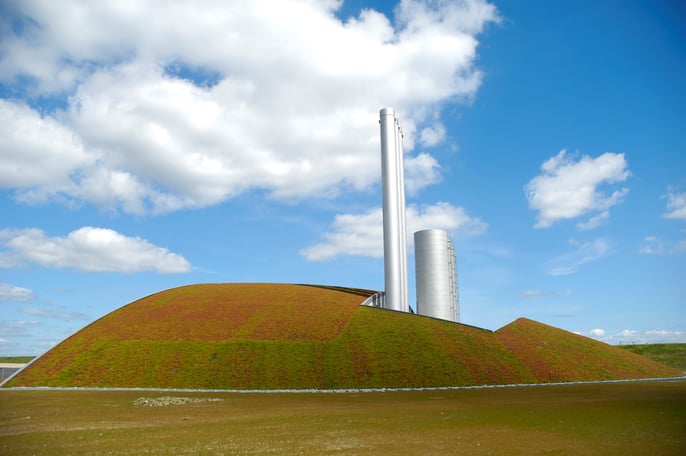

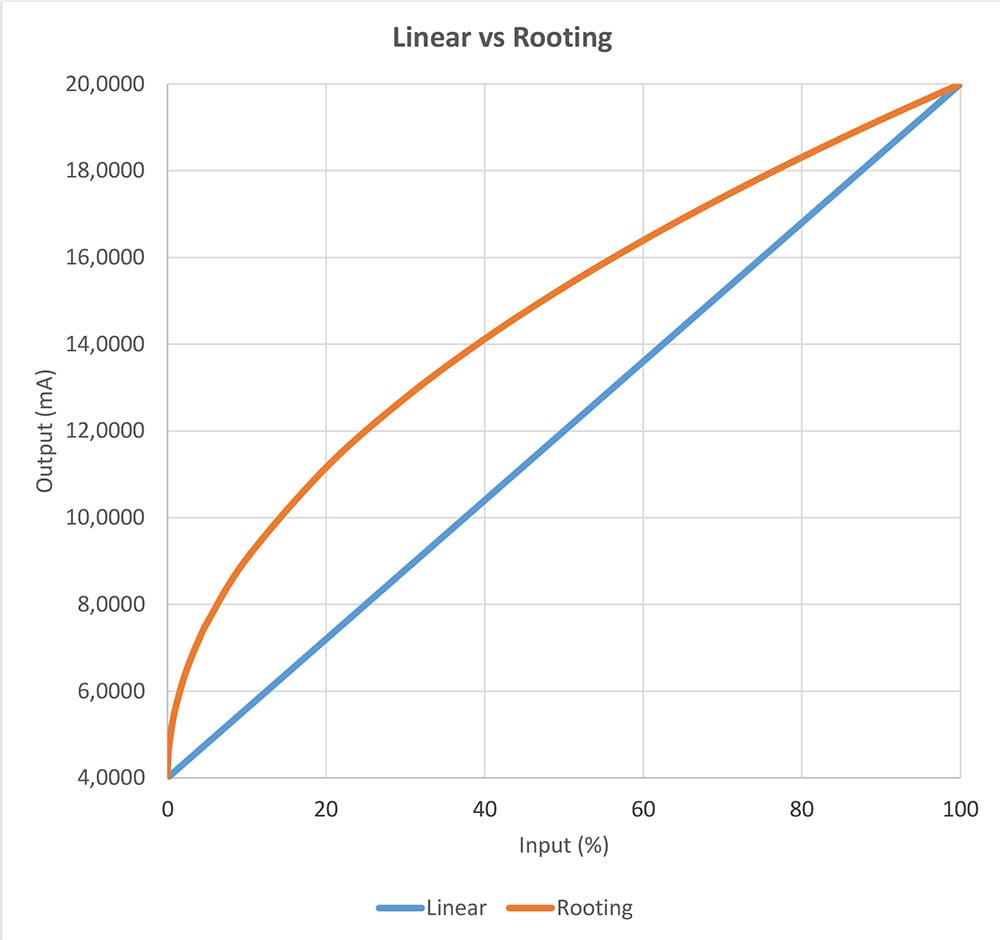
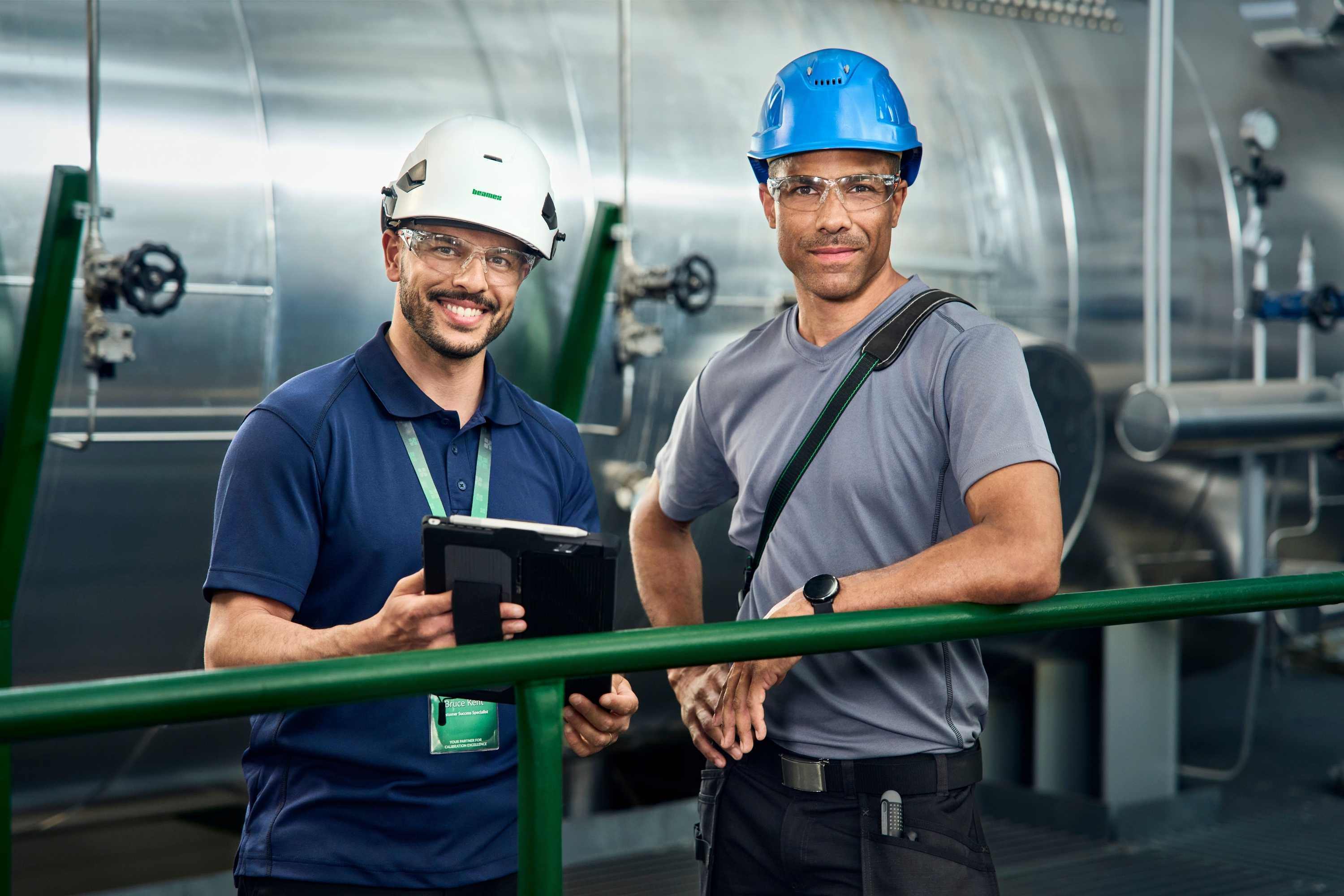
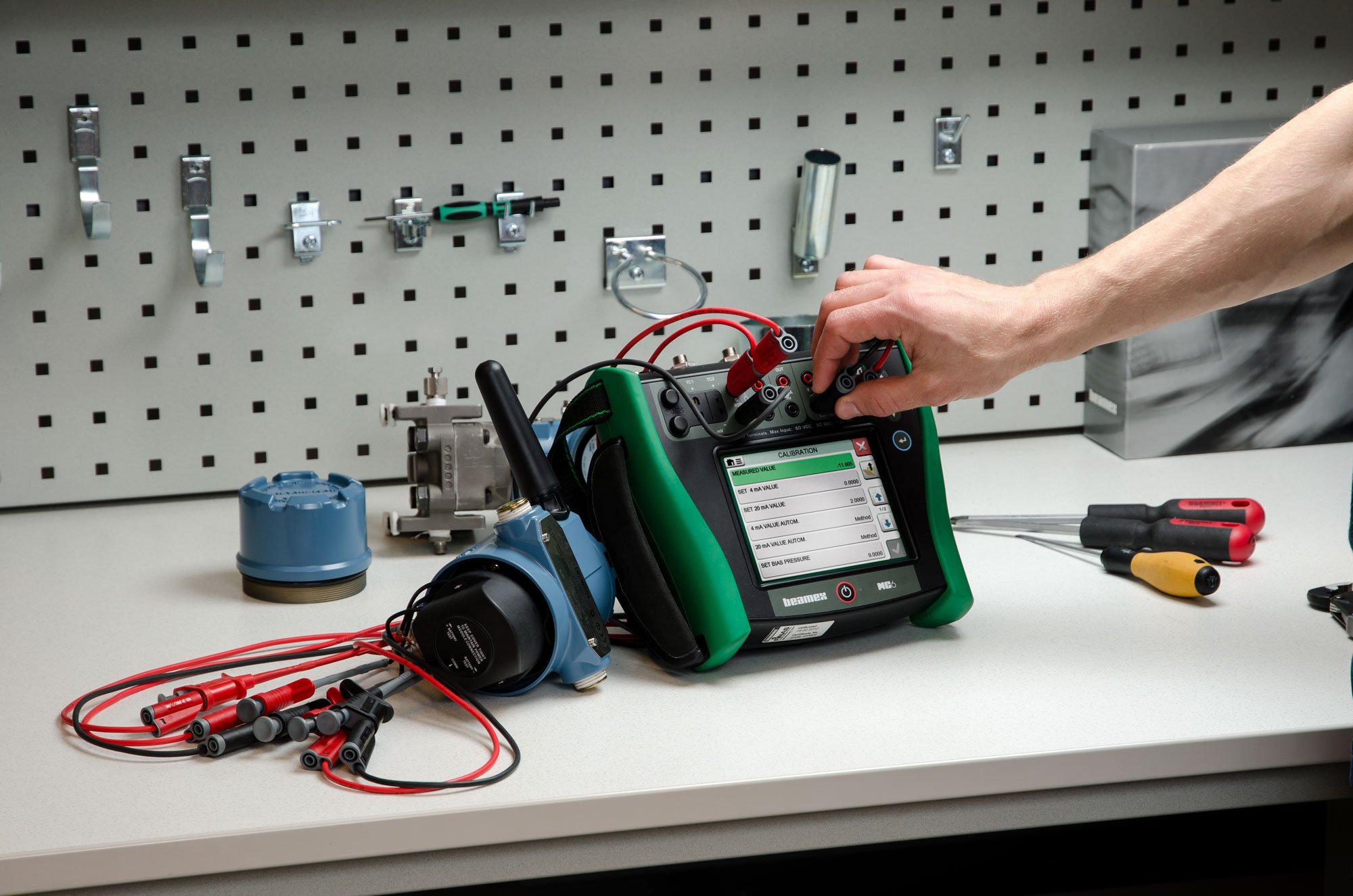
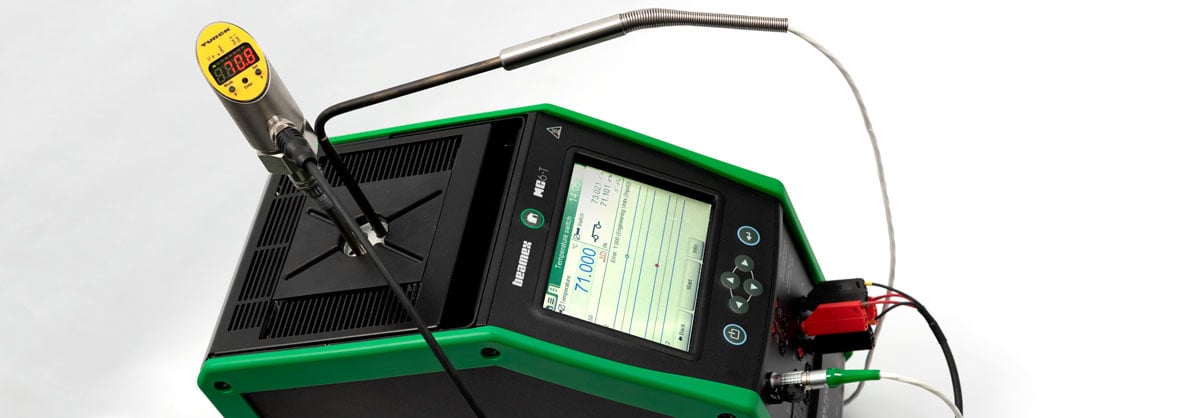
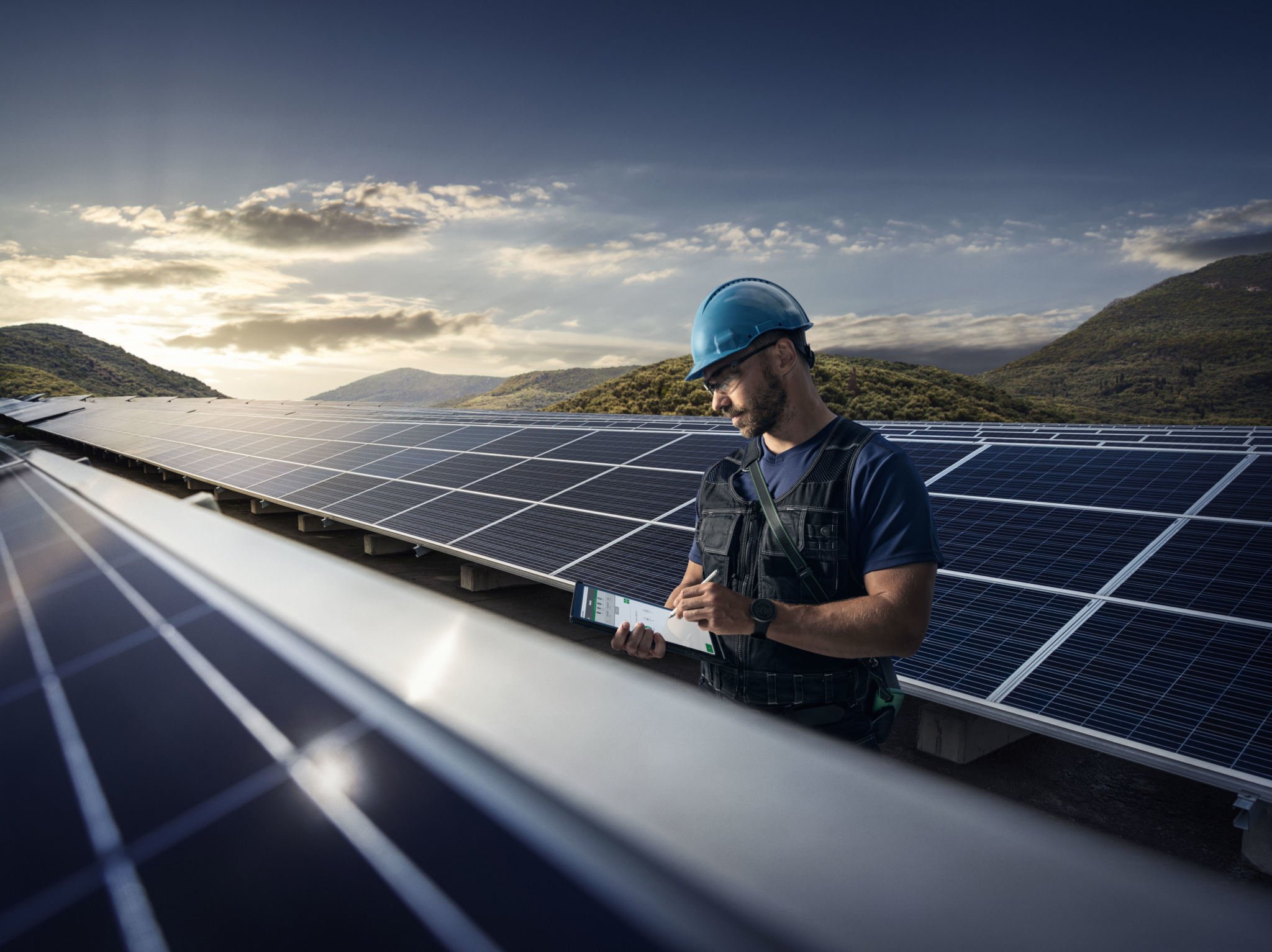

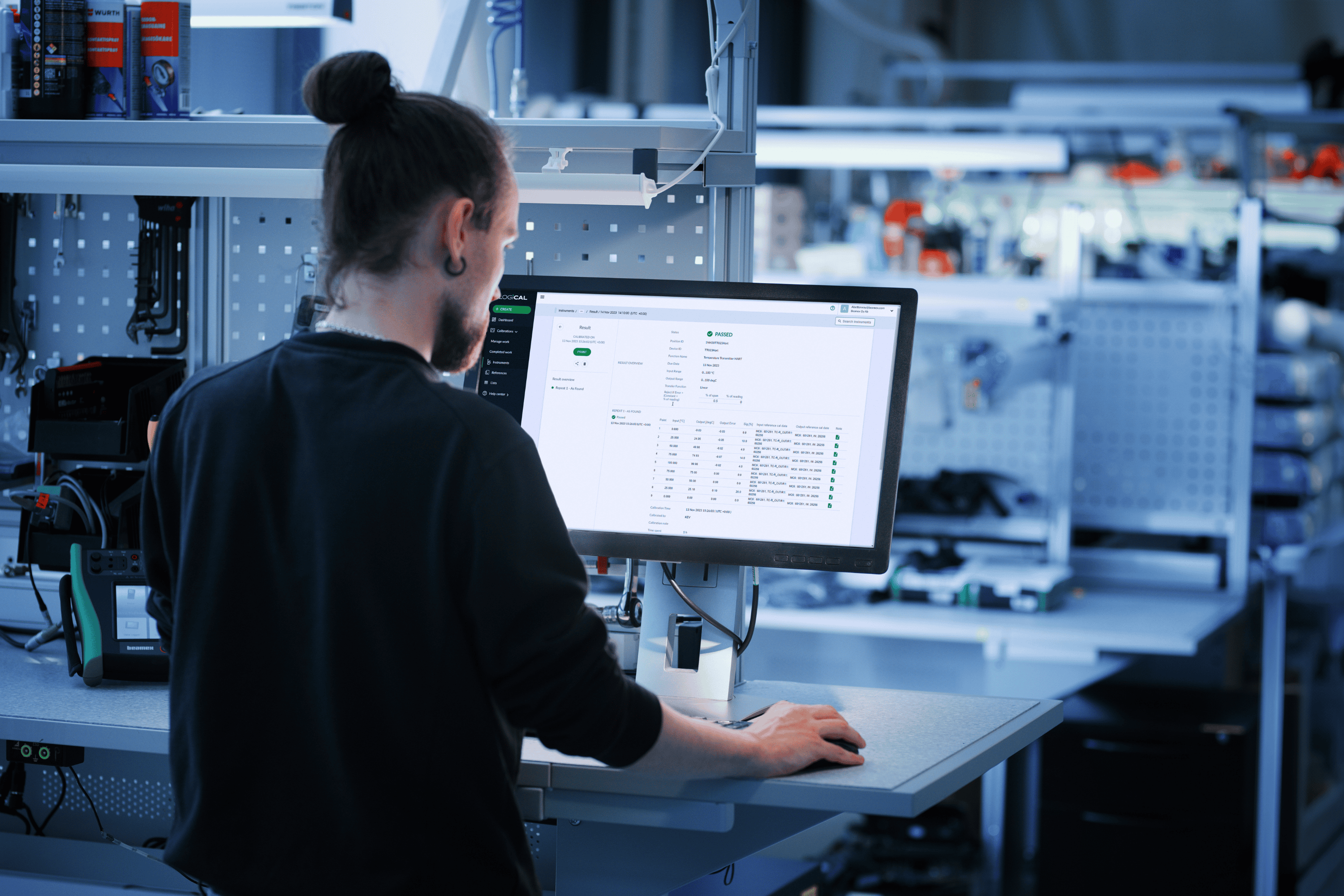
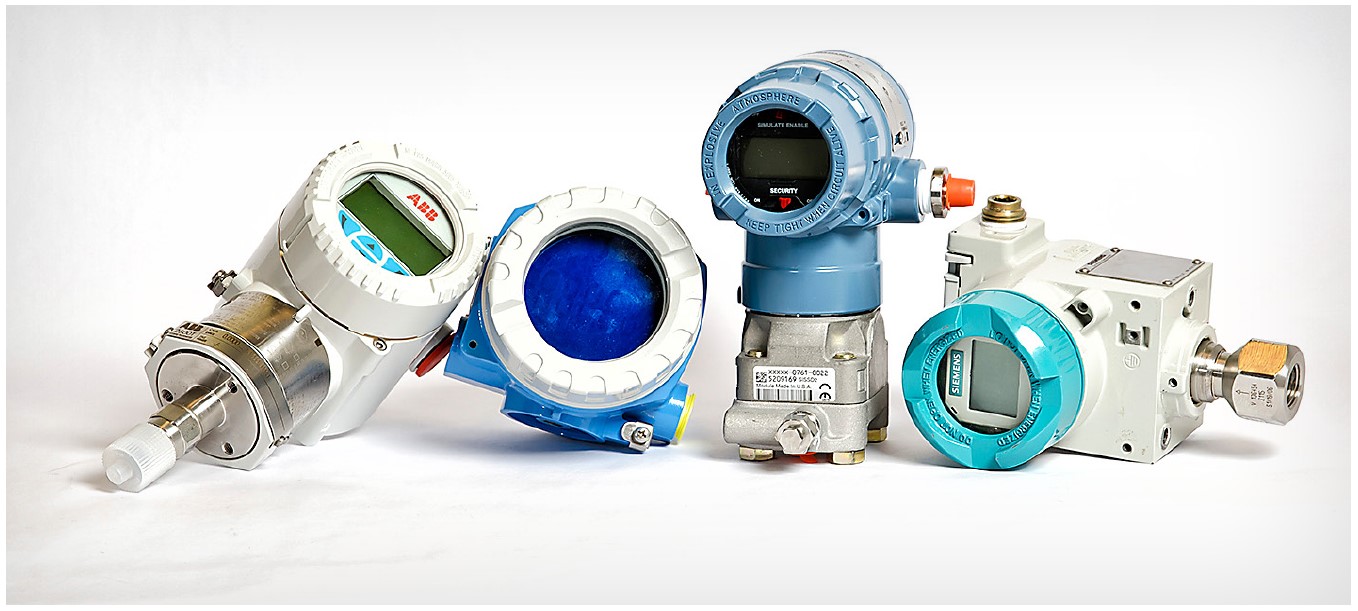


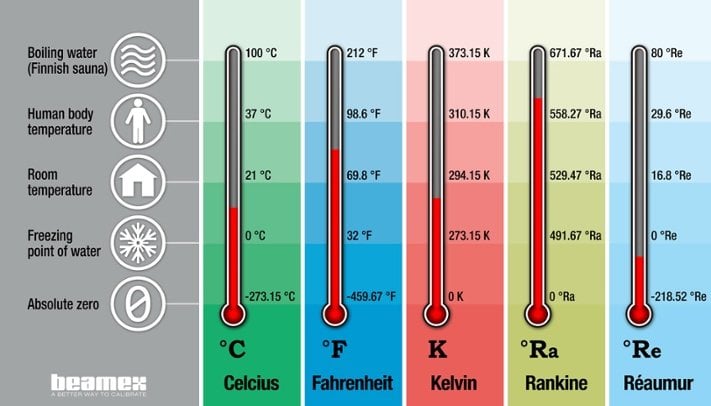

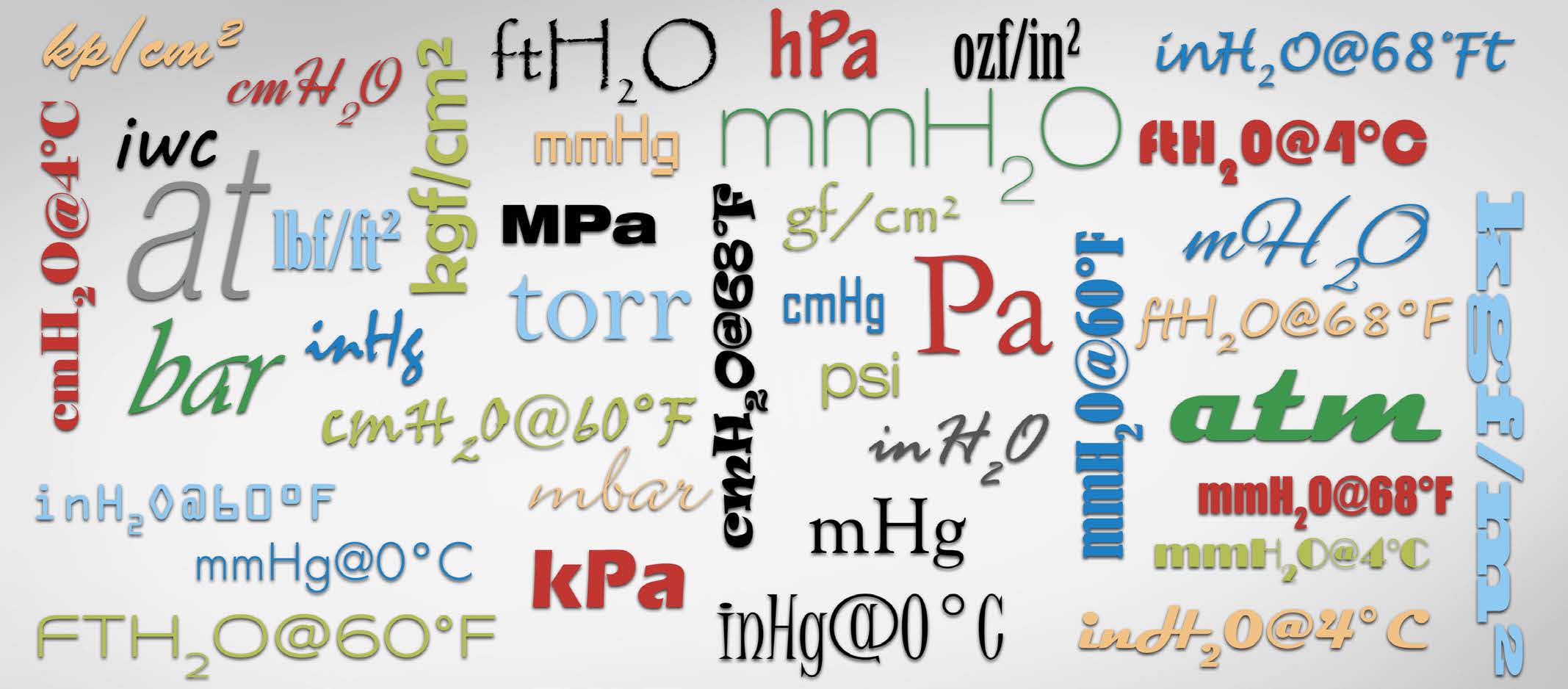
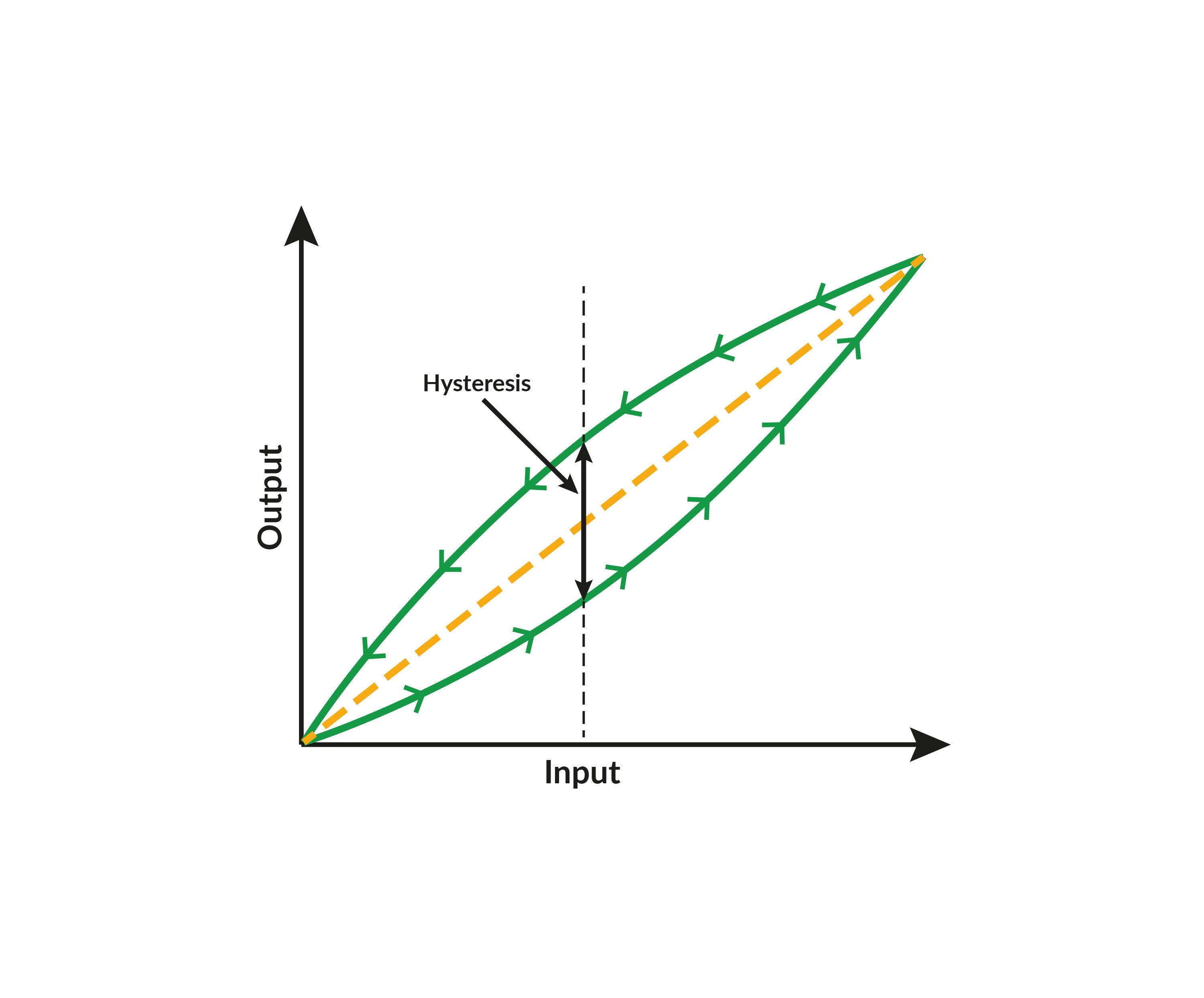
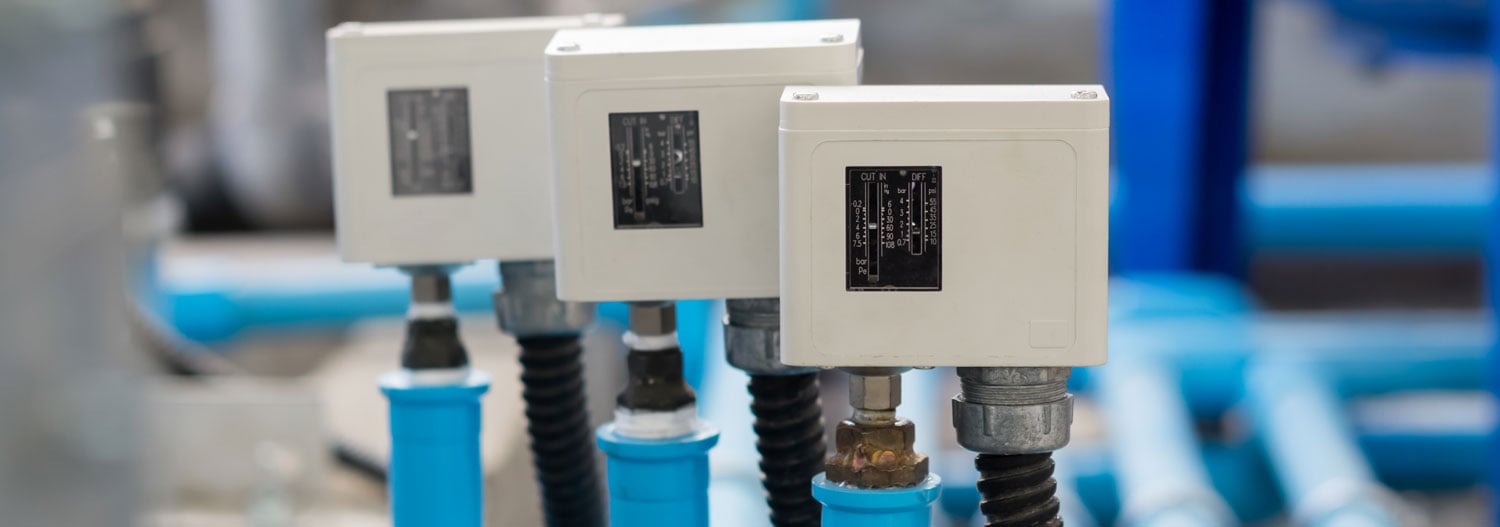
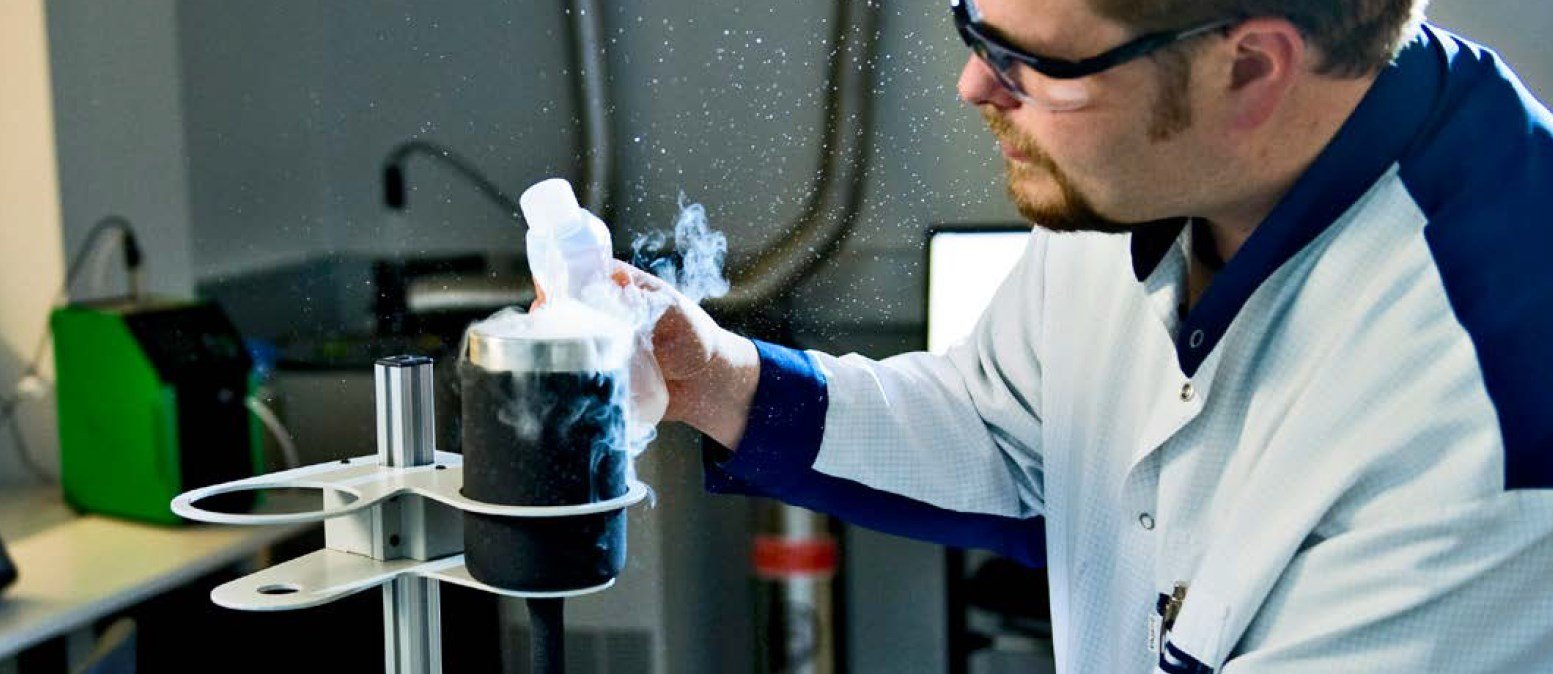
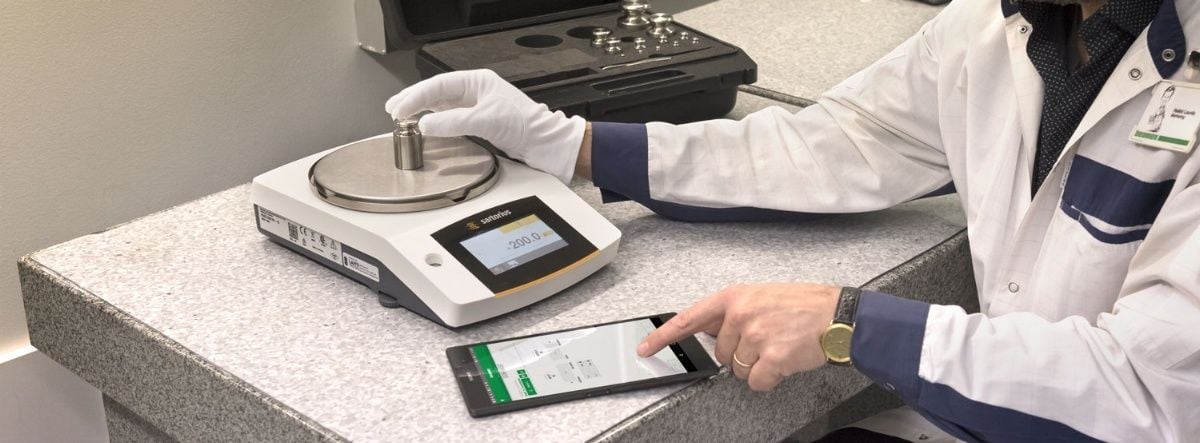
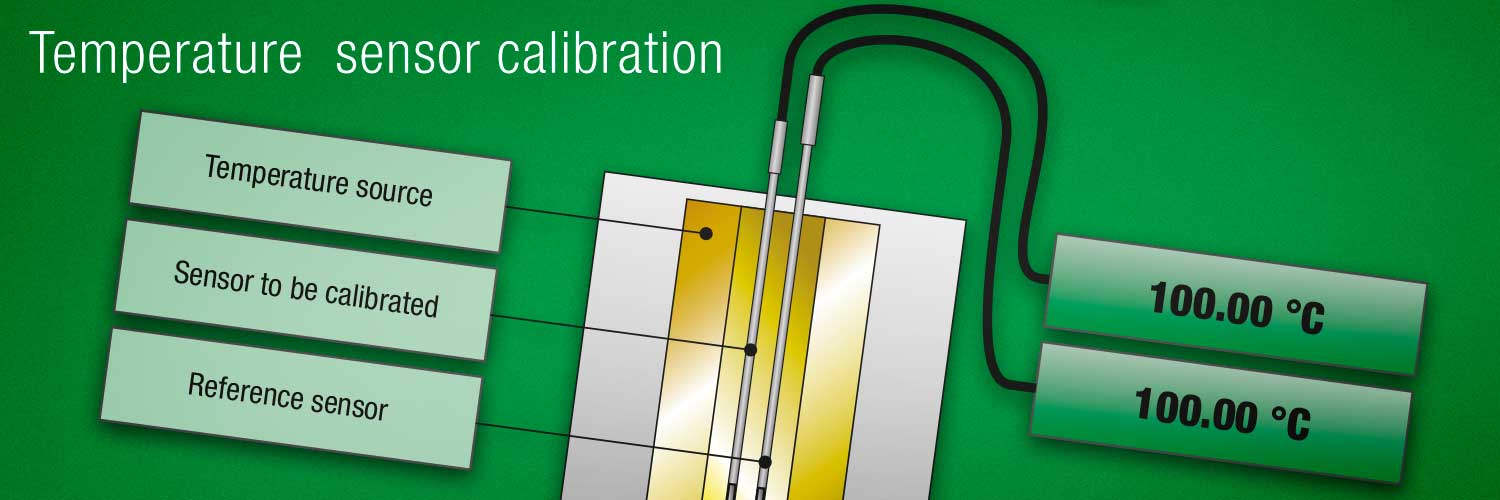

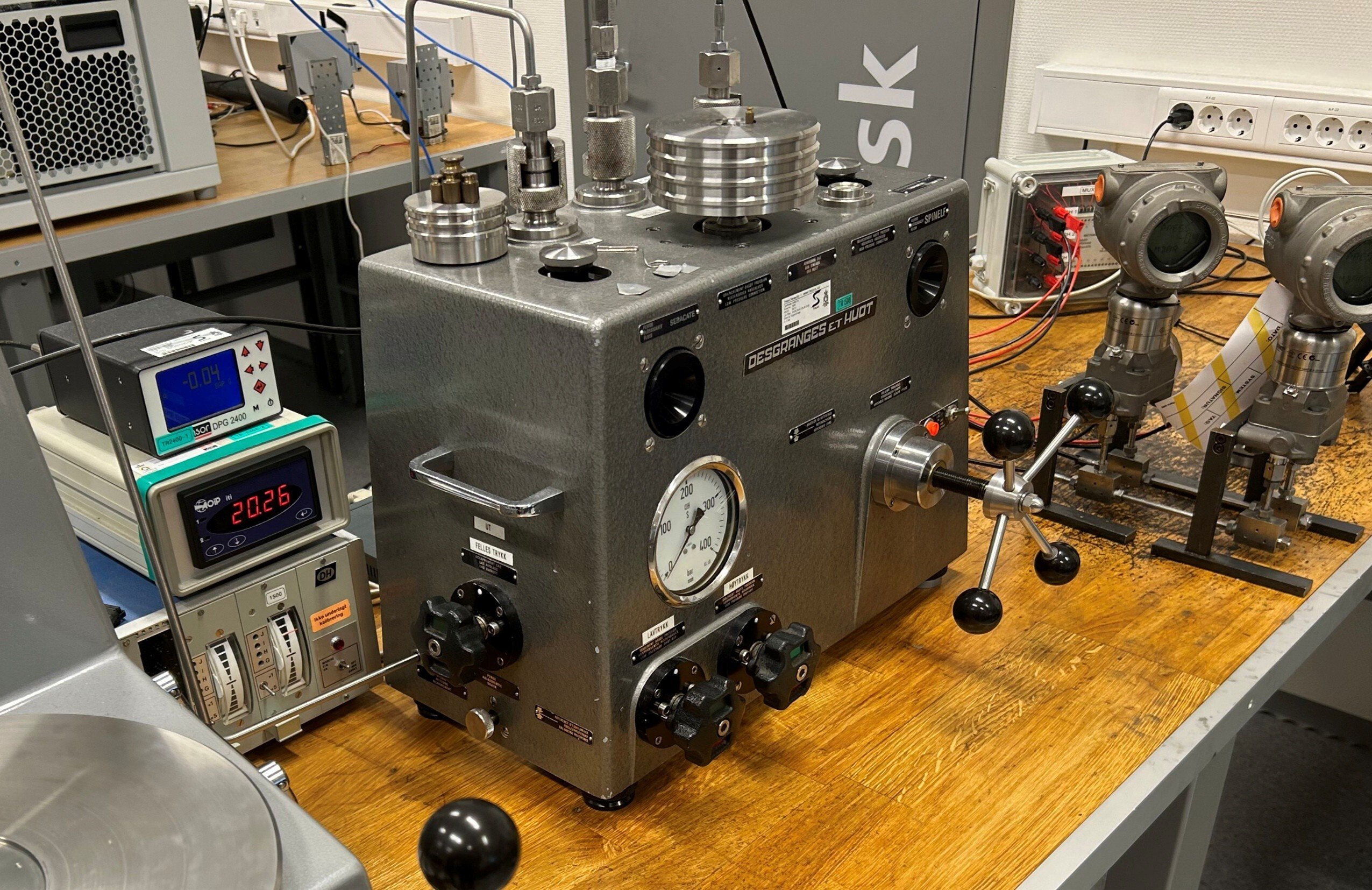
.jpg)
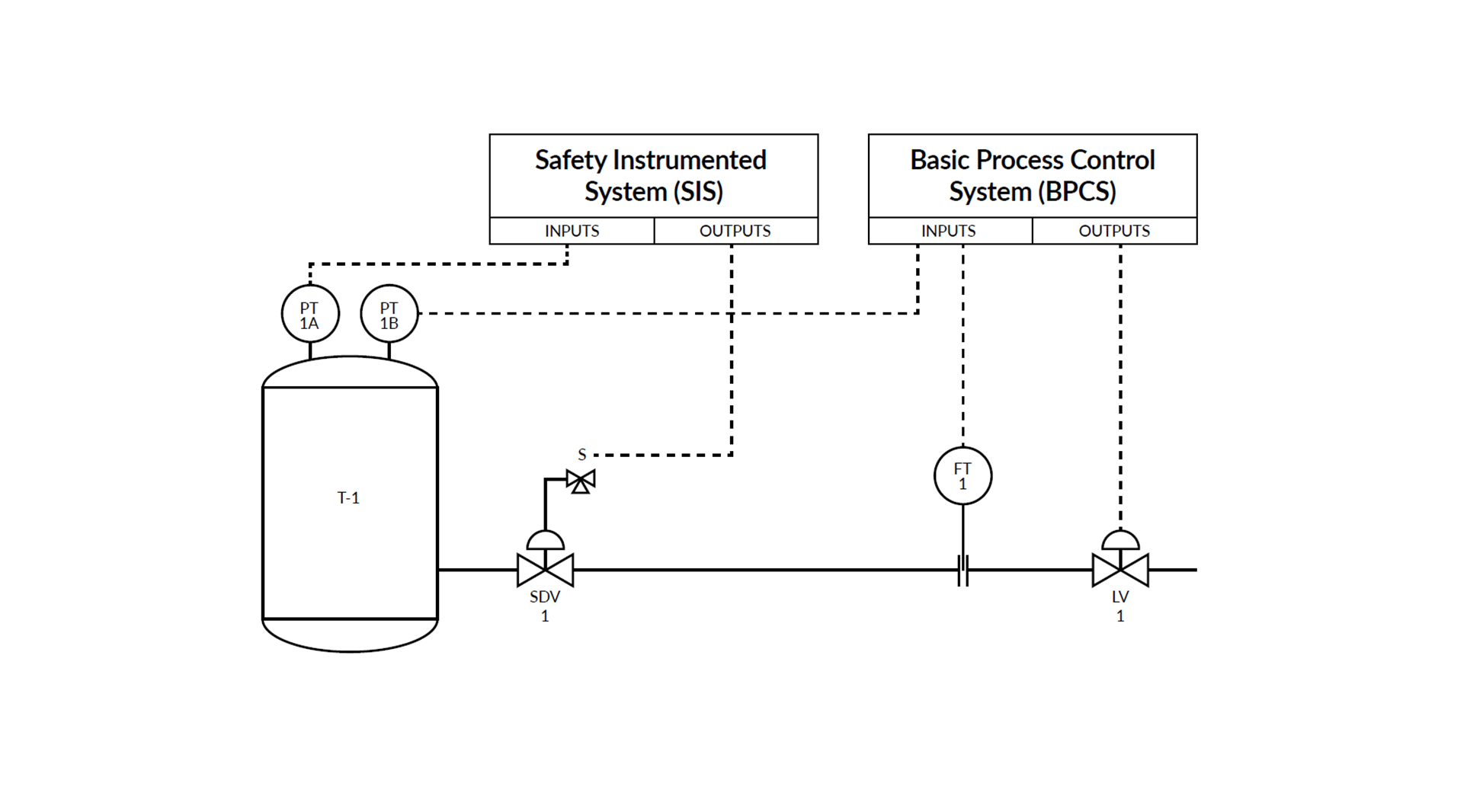
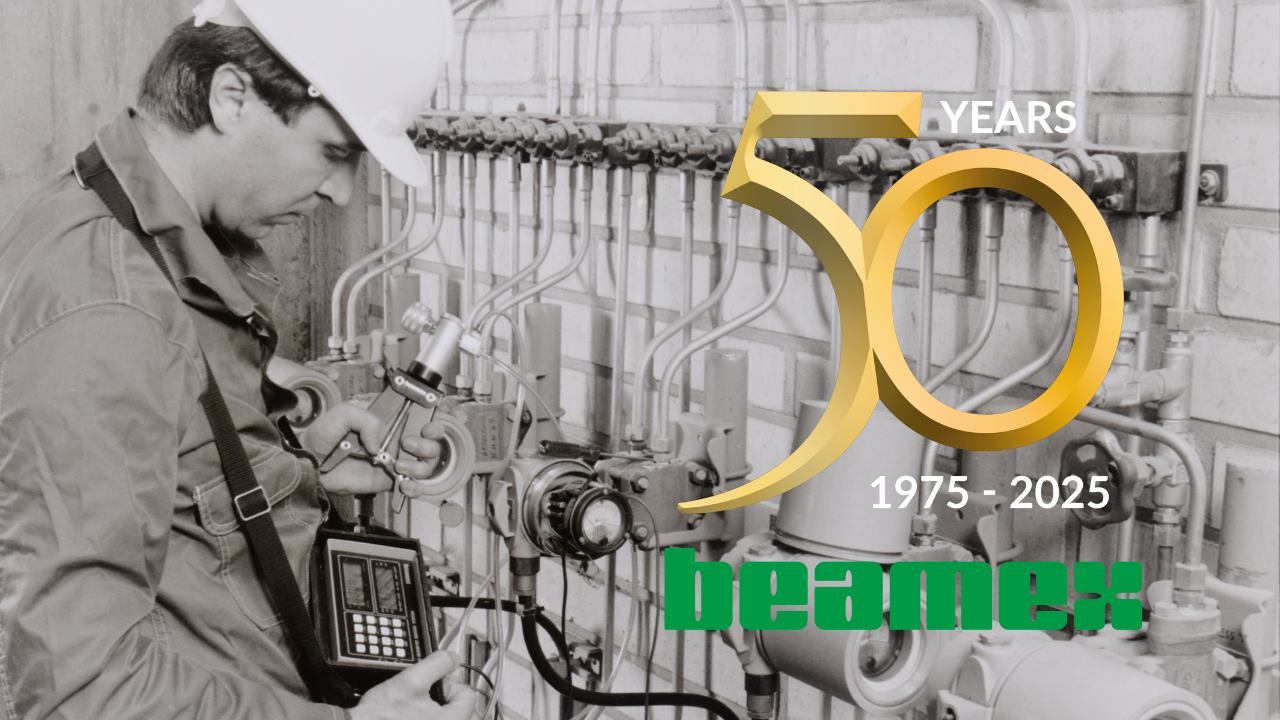

.png)
.png)
Discussion